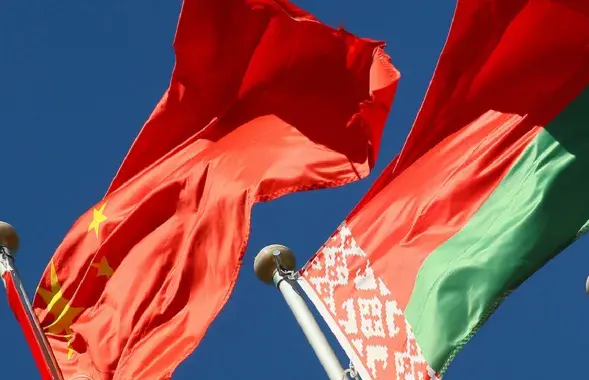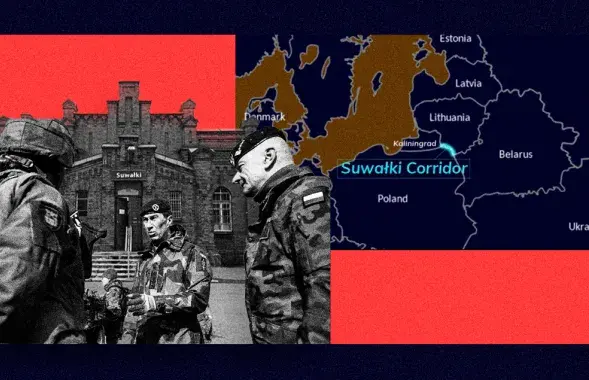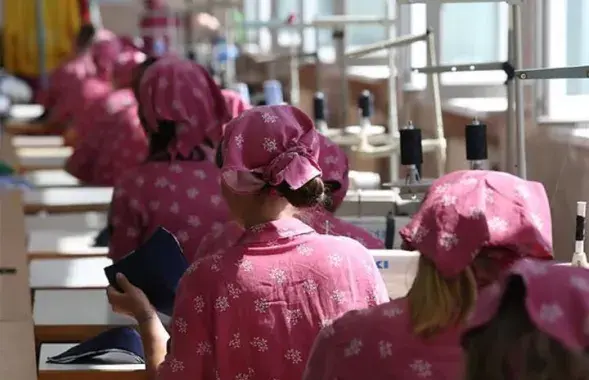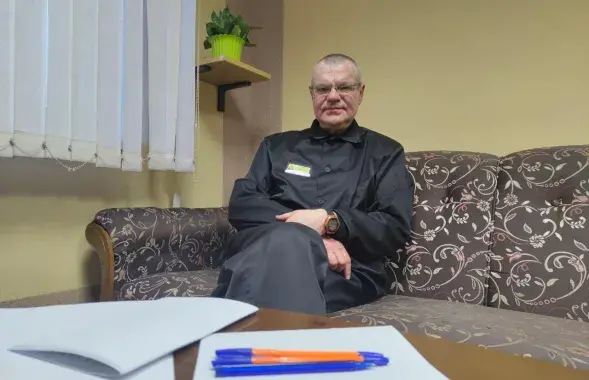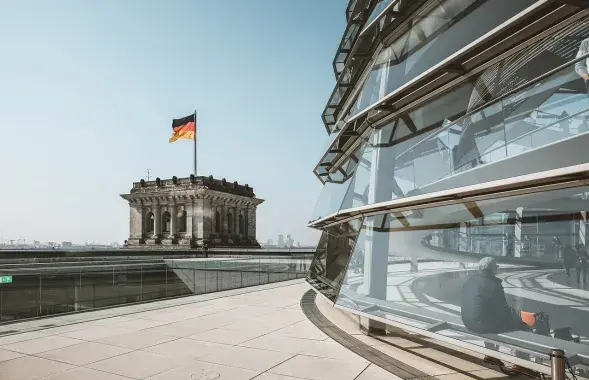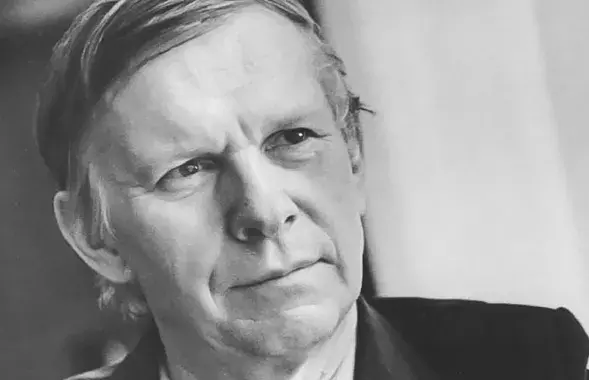Belarus can’t demand the return of Slutsk belts
When opening the exposition of the Slutsk belts in Minsk, Russia’s Auditor General Sergei Stepashin said that the issue of swapping Russia-owned Slutsk belts with the other art items would be resolved in the near future. The European Radio for Belarus explores what we can offer the Russians to get them interested.
The belts that are being showcased in Minsk are part of the collection of Russian merchant Schukin who bought them before the 1917 Russian revolution and later presented to the State History Museum in Moscow. Nadzeya Usava, a deputy director of the National Arts Museum of Belarus, told the European Radio for Belarus that our rich collection of Slutsk belts disappeared during the troubled times of the Second World War. It has not been recovered up to now.
“There was a huge collection of Slutsk belts before the war. There were 21 belts with fragments at the Belarusian State Museum. Our museum had 48 belts, including 22 from the Radzivil collection that was taken out of the Niasvizh Castle. When the war broke out in 1941, museums in Belarus were not evacuated. Our collection and the collection from the Belarusian State Museum was removed and ended up in the German city of Konigsberg. In 1948 when our cultural assets were returned home, the Slutsk belts did not come back. We have still been searching for this collection”.
The belts, currently in display in Minsk, are legally owned by the Russian museum. This makes us unable to file any motion trying to demand their return.
“These belts are legitimate property of the Russian history museum. The belts were bought by collector Schukin who later presented them to the State History Museum in Moscow. Collections were gathered by different people. However, this one has survived. There can be no talk about their return. They have enough belts in Russia where they don’t really get displayed, because they belong to another culture. Of course, we would love to keep them as a long-term deposit”, Usava said.
It is worth noting that some of the belts that are owned by Belarus (around 30) and those owned by the Roman Catholic Church had been passed over by the State History Museum in Moscow.
“The museum passed over three belts before the war. After the war, they gave the belts to the museum in Zaslauye, Maxim Bagdanovich Museum and the Minsk Region’s History Museum in Maladzechna”, says Nadzeya Usava.
Negotiations are under way with the Russians to swap some historic assets. Nadzeya Usava believes that Belarus has enough to offer the Russian museums.
“We have a sufficient collection of the Russian art. We have rarities that could make Russian museum workers interested. However, it is still early to talk about it as only preliminary agreements are in place”.
However, the State History Museum in Moscow could not immediately confirm what Belarus could offer.
Olga Gordeyeva, a researcher at the State History Museum in Moscow, said: “I simply don’t know about the monuments that are located on the territory of Belarus. Therefore, I am not in the position to answer this question right away”.


